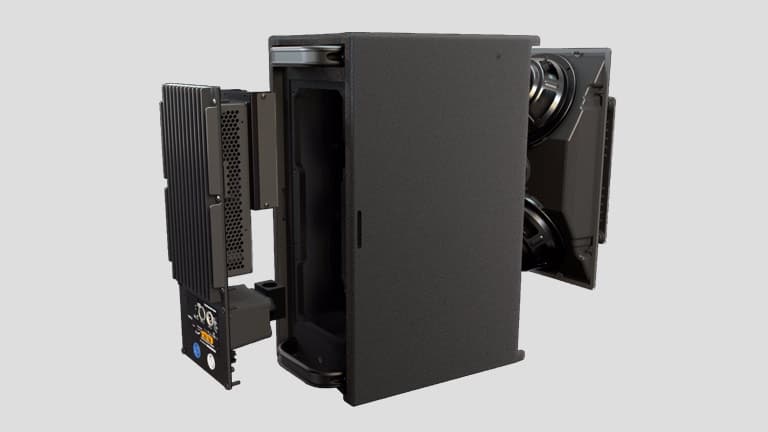@donavabdear interesting how this takes us right back to the topic of this thread, active speakers and confusion. In @brianlucey video he states that his entire mastering system is a chain. Change one thing, you change the entire chain. For professionals with budget and trained hearing, that’s fine. For consumers, that’s expensive, possibly real expensive to put a good, cohesive "chain" together as each mismatch needs to be traded, swapped, or sold.
With an active speaker you trade off the ability to "tune" the speakers with variables like the amp and speaker cables. In return, you get a coherent, cohesive "chain" that is portable and replicable. It takes a LOT of the variables that make up the chain out of the hands of a consumer and puts them in the hands of the engineer who spent HIS budget and time putting together a cohesive "chain" (cabinet, amps, crossover, drivers, even the connections on the plate amp in the back of the speaker).
If I want to "tune" my active speakers because of how I place them in the room I have contour knobs, a volume knob, and a high pass filter on the back (see the pic of the controls on the back in my system page). That is common in an active speaker, you don’t get it in a passive speaker and I can dial those contour knobs to the exact degree I want them and they are FREE to fiddle with, unlike swapping out speaker cables.
I saw an interview of recording engineer John Traunwieser where he traded out his B&W monitors for Meyers because the B&W’s sounded too good. They made every mix sound good BECAUSE of the speakers strengths but that didn’t always translate to different speakers. To your point if device (amp/speaker) etc colors the sound in such a way it might not translate the same on another system.
In a way its fortunate that the straight forward path on this journey is laid out with published specs. Specs for a relatively flat speaker, dolby specs on where to place them, specs for treating and calibrating your room, even specs for reference volume levels. As long as you don’t stray too far from the path the specs lay out you can get a good result for decent money.
BTW, if anyone reading this wants the specs for setting up a room and system for Atmos come visit my thread here:


